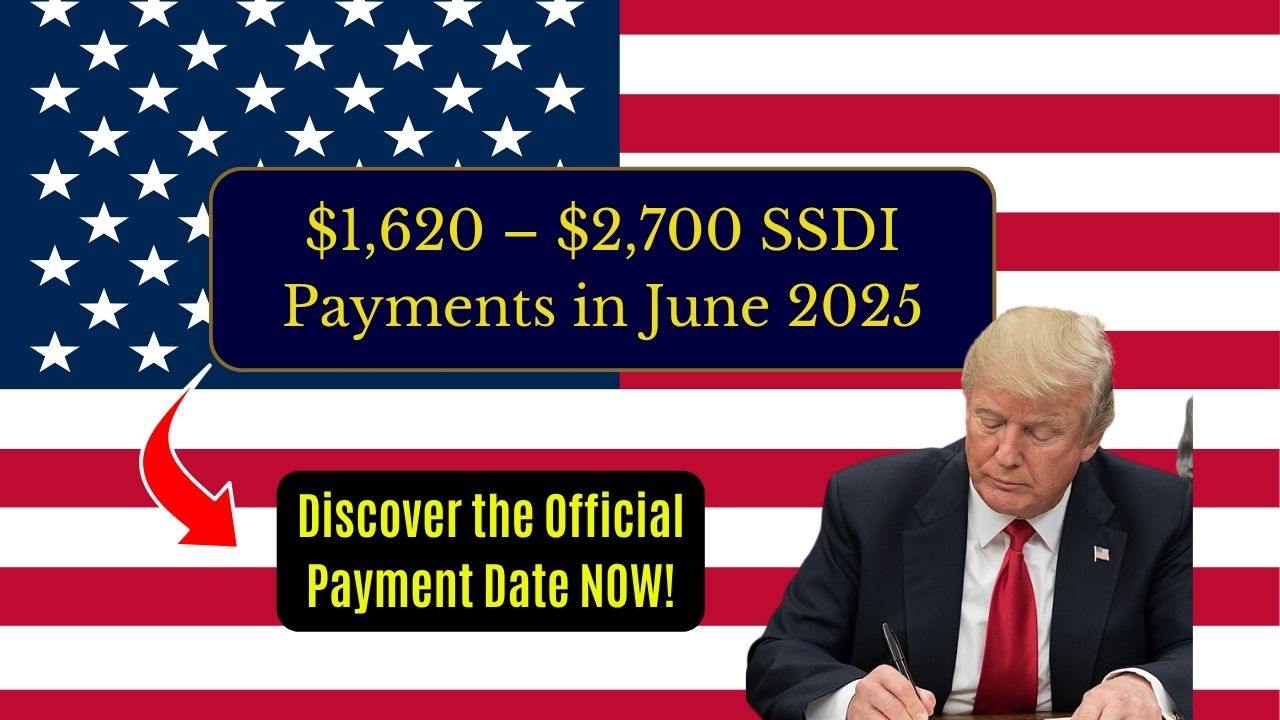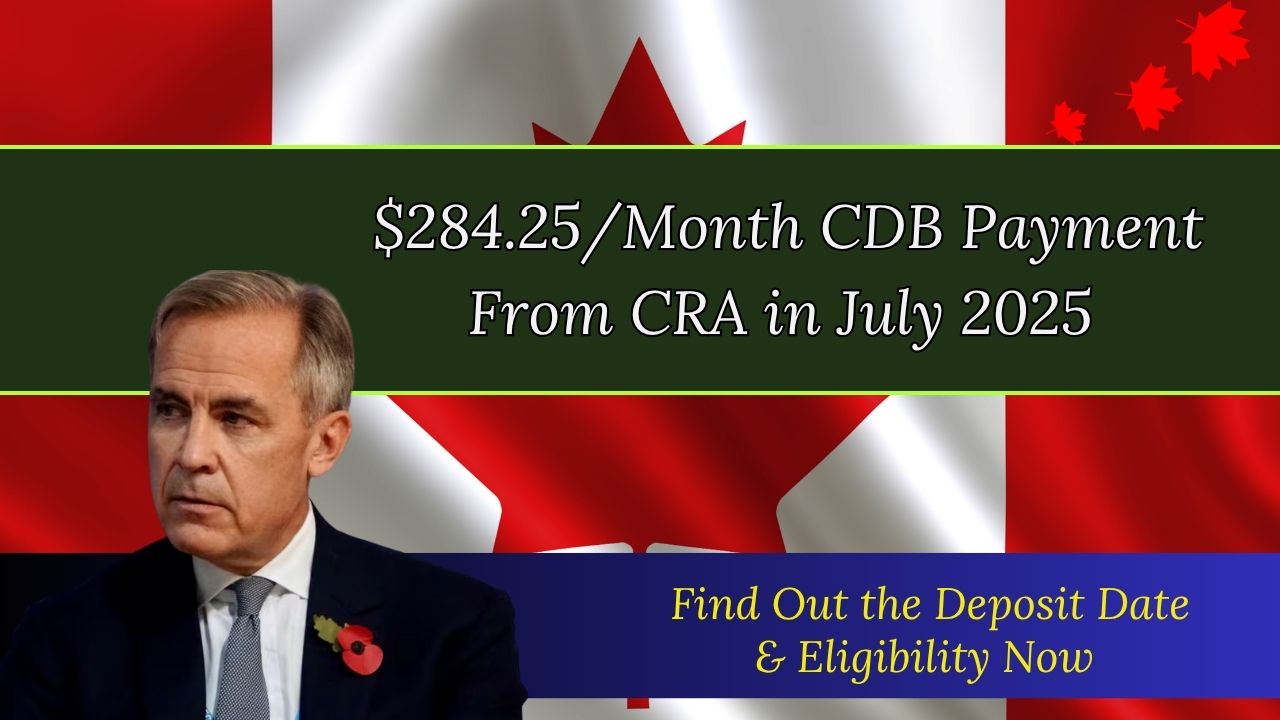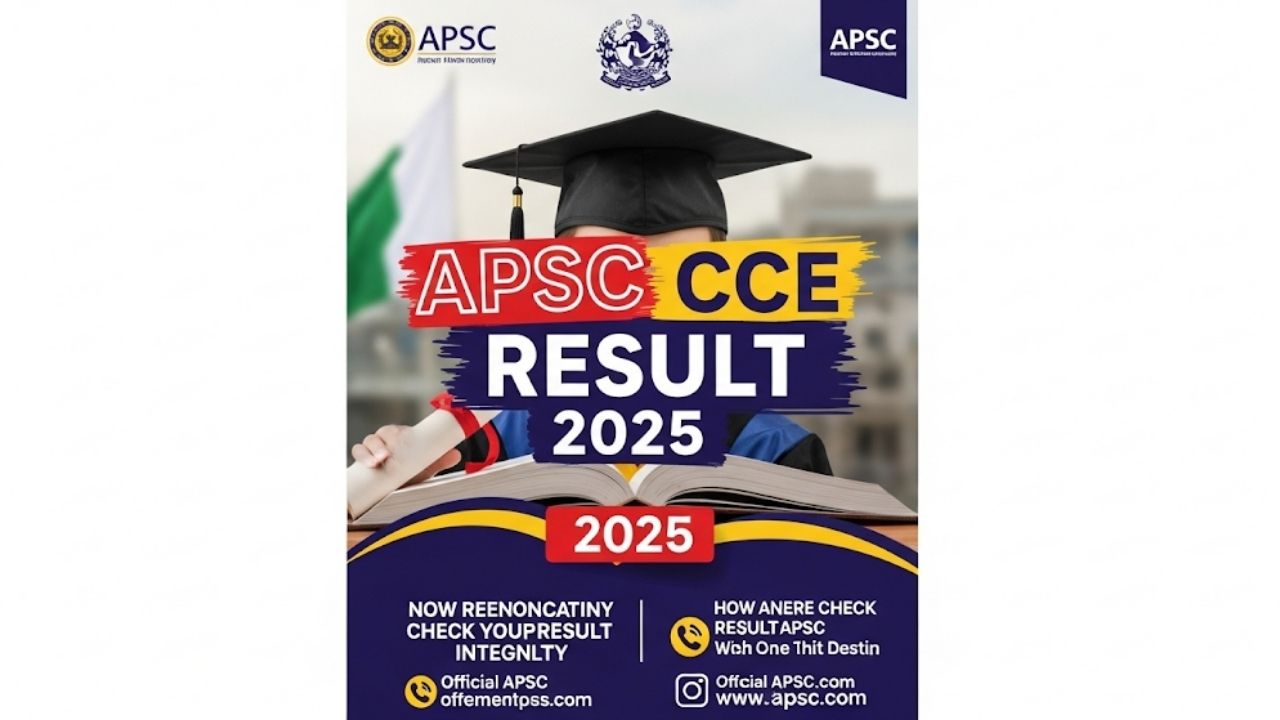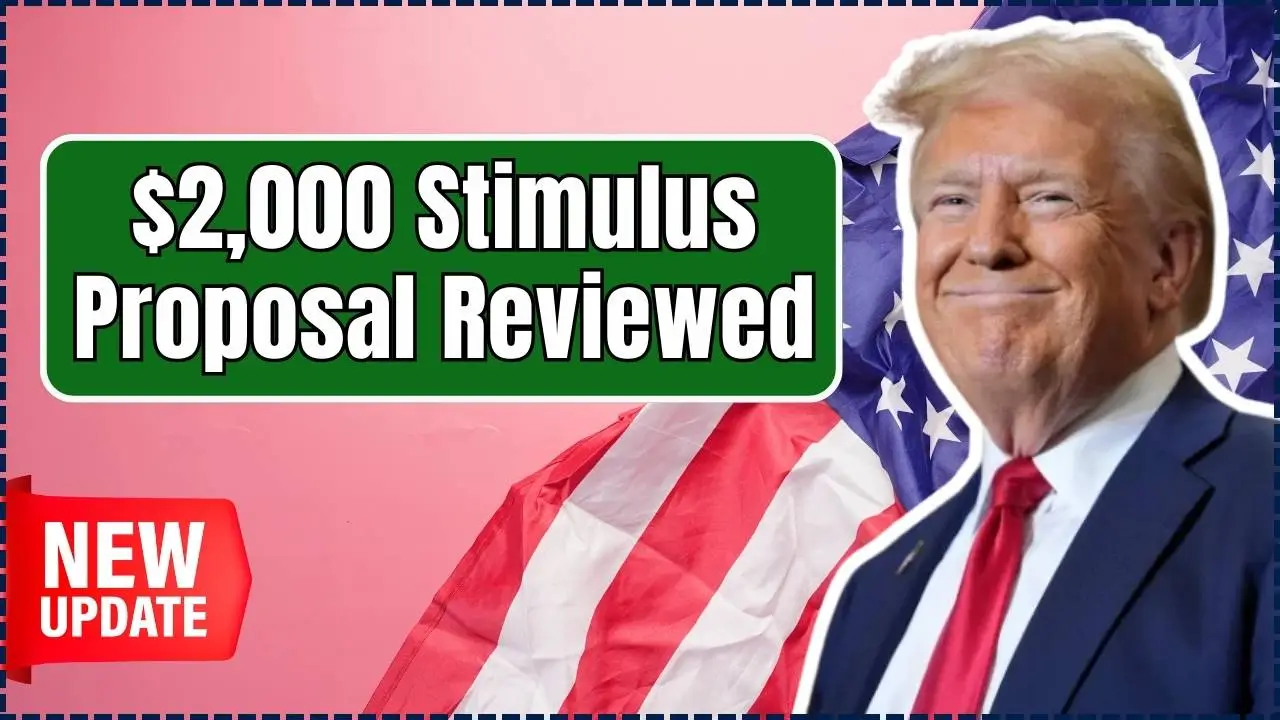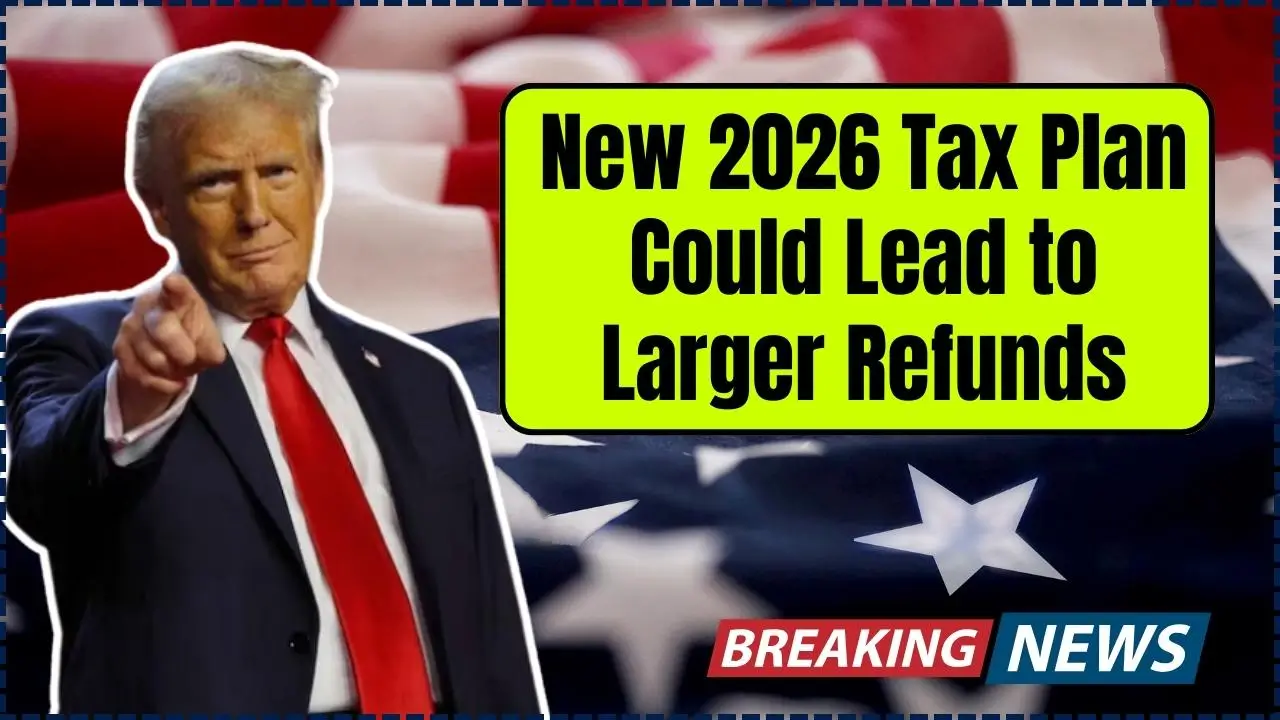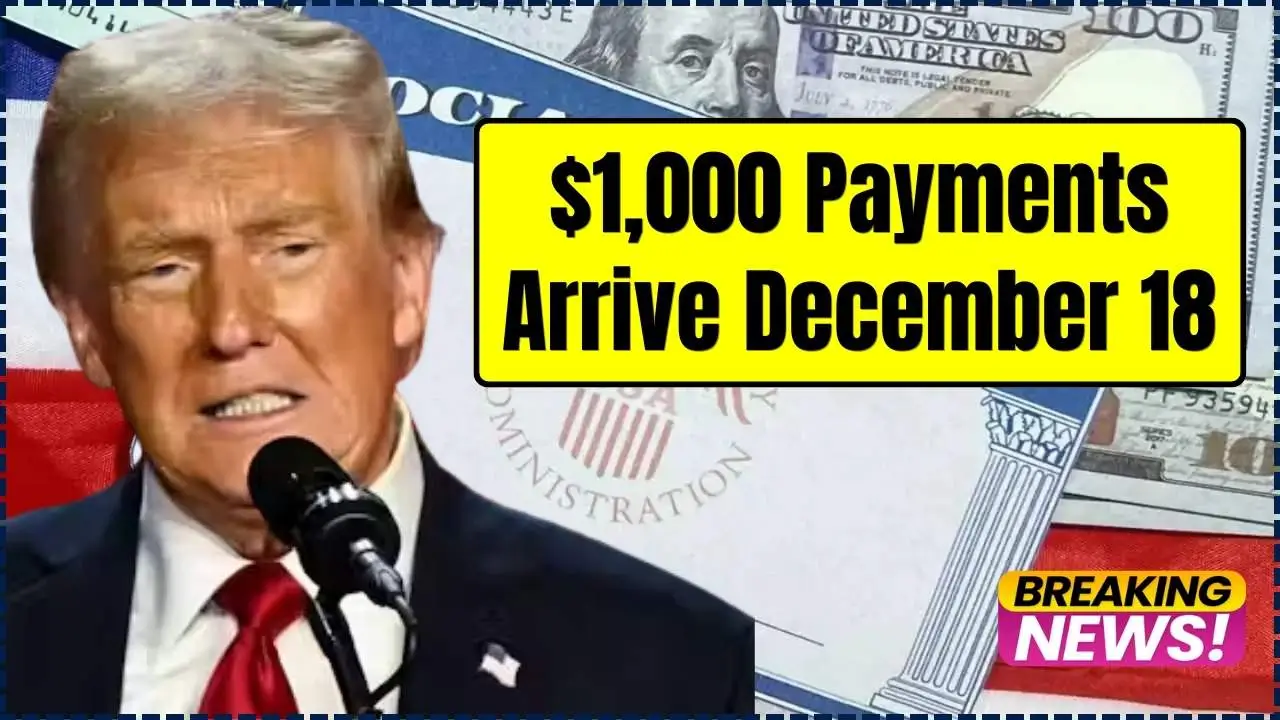An extraordinary claim suggesting a rare 2025 Bicentennial Quarter could be worth as much as $2.5 billion has recently circulated online, exciting treasure hunters and casual collectors alike. However, numismatic experts and official sources from the United States Mint confirm this assertion is entirely unfounded. While the U.S. prepares to release new quarters in 2025, the narrative of a billion-dollar coin is a work of fiction, highlighting a growing trend of misinformation in the collectibles market.
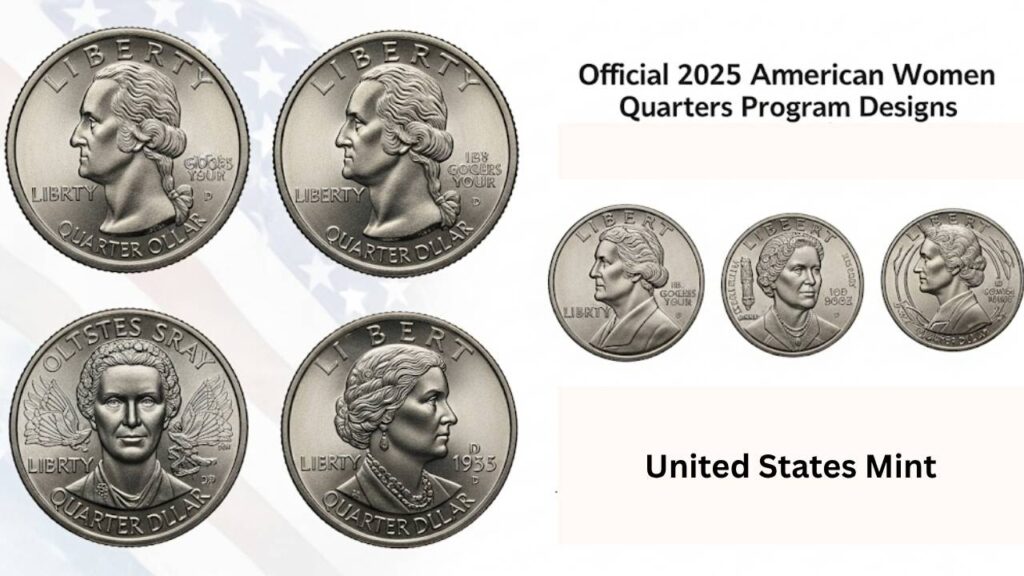
Debunking the $2.5 Billion Claim
The valuation of any coin at $2.5 billion is far beyond the realm of reality. According to auction records, the most expensive coin ever sold is the 1933 Double Eagle, which fetched $18.9 million at a Sotheby’s auction in 2021. Another top-selling coin, the 1794 Flowing Hair Silver Dollar, was sold for approximately $12 million. These figures, while substantial, are a fraction of the rumored billion-dollar price tag.
Experts at the Professional Coin Grading Service (PCGS) and the American Numismatic Association (ANA) emphasize that a coin’s value is determined by a verifiable combination of rarity, historical significance, condition (grade), and sustained market demand.
“The stories of billion-dollar coins are modern-day myths, often fueled by social media,” said Dr. Ellen Feingold, a curator at the National Numismatic Collection at the Smithsonian Institution. “They create excitement but are disconnected from the actual factors that confer value upon a coin. No minting process, error, or historical event could logically lead to such a valuation for a quarter.”
Viral claims often conflate details, mixing elements of genuine rare coins—like the 1976 Bicentennial quarters that had some silver-clad versions—with fantastical prices to generate clicks and shares.
The Real 2025 U.S. Quarters
Contrary to the “Bicentennial” rumor, the United States Mint is not producing a bicentennial-themed quarter in 2025. The nation’s 250th anniversary, or Semiquincentennial, is in 2026, and the Mint has a separate commemorative coin program planned for that year.
The 2025 quarters are, in fact, the final issues in the highly successful American Women Quarters™ Program.3 This four-year series, which began in 2022, celebrates the accomplishments and contributions of American women. The official 2025 honorees are:
- Ida B. Wells: A pioneering investigative journalist, suffragist, and civil rights leader.
- Juliette Gordon Low: The founder of the Girl Scouts of the United States of America.
- Dr. Vera Rubin: A trailblazing astronomer whose work provided evidence of dark matter.
- Stacey Park Milbern: A prominent activist for disability justice.
- Althea Gibson: A multi-sport athlete who broke the color barrier in tennis and golf.
These quarters will feature a common obverse (heads) design of George Washington, while the reverse (tails) will feature the unique design for each honored woman. They will be minted for general circulation in standard copper-nickel clad, as well as in collector-grade proof sets made of silver.
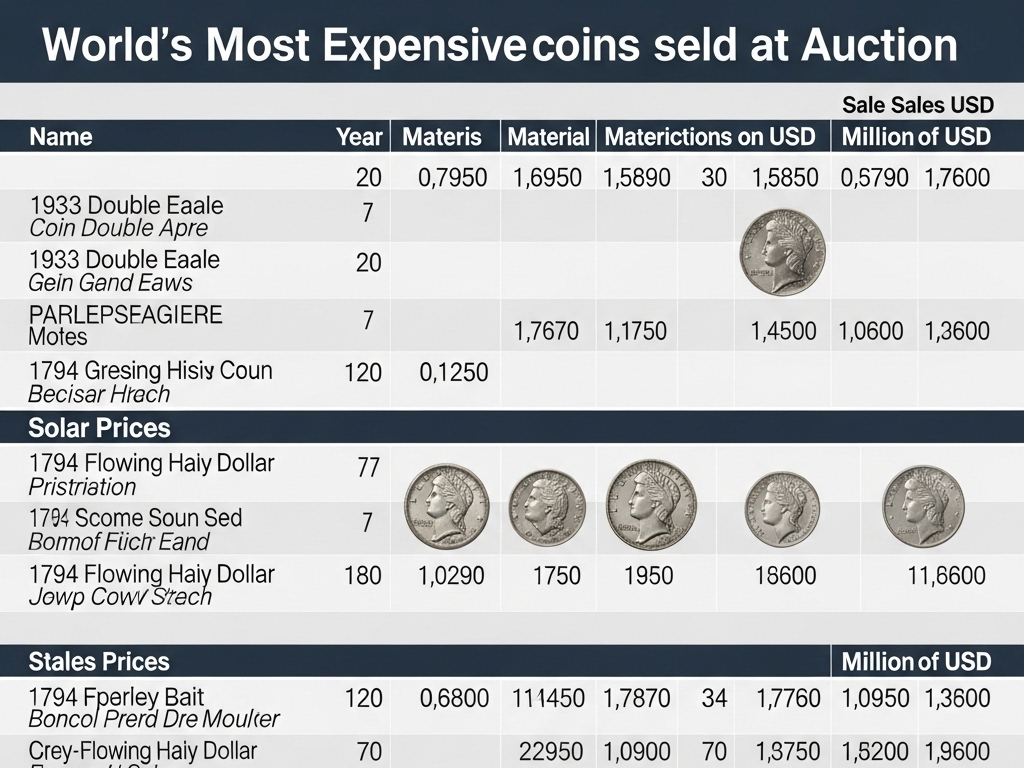
Description: A clean, professional bar chart titled “Reality Check: Record-Breaking Coin Sales.” The chart should visually contrast the actual record sale of ~$18.9 million with the fictional $2.5 billion, illustrating the immense disparity. Data sourced from auction houses like Sotheby’s and Heritage Auctions.
What Actually Makes a Coin Valuable?
For those hoping to find a treasure in their pocket change, understanding the true determinants of value is key. According to the ANA, the following factors are primary:
- Rarity: This is the most crucial element. Rarity can be due to low mintage numbers (few were made), high attrition rates (most were lost or melted down), or a specific, verifiable mint error that occurred on a small number of coins.
- Condition/Grade: A coin’s state of preservation is critical. An uncirculated coin that looks as it did the day it was minted will be worth exponentially more than a heavily worn version of the same coin. Grading services like PCGS and Numismatic Guaranty Corporation (NGC) use a 70-point scale to standardize condition.9
- Mint Errors: Genuine errors, such as a double-die (where the design appears doubled), an off-center strike, or being struck on the wrong metal planchet, can significantly increase value. However, these errors are rare and must be authenticated. The rumored “Bicentennial” quarter of online lore does not correspond to any known error.
- Demand: The popularity of a particular series among collectors plays a significant role. Morgan silver dollars, for example, are widely collected, creating a consistently strong market.10
How to Avoid Coin Scams and Misinformation?
The rise of social media has made it easier for false information to spread rapidly. To protect yourself, rely on trusted sources for information.
“Always verify extraordinary claims with primary sources,” advises the Federal Trade Commission (FTC) in a recent consumer alert. “For U.S. coins, the definitive source is the U.S. Mint. For valuation, consult reputable numismatic publications or dealers who are members of professional organizations like the ANA.”
Be wary of headlines that promise life-changing wealth from pocket change. While genuinely valuable coins can be found in circulation, they are exceptionally rare and their value is typically in the hundreds or thousands of dollars, not billions.
The story of the rare 2025 Bicentennial Quarter serves as a cautionary tale. While the prospect of discovering a billion-dollar coin is enticing, the reality of coin collecting is a field grounded in historical knowledge, meticulous research, and verifiable facts. The true value of the 2025 quarters will lie not in a mythical price tag, but in their celebration of remarkable American women.
FAQ
1. Is the $2.5 billion 2025 Bicentennial Quarter real?
No. The claim is false. No such coin has been minted or valued by any credible authority. It is a myth popularized by viral online articles and social media.
2. What quarters are being made in 2025?
The U.S. Mint is releasing the final five quarters in the American Women Quarters™ Program, honoring Ida B. Wells, Juliette Gordon Low, Dr. Vera Rubin, Stacey Park Milbern, and Althea Gibson.11
3. How can I find out if a coin I have is valuable?
Consult a reputable resource like the “Official Red Book” (A Guide Book of United States Coins), check auction results for similar coins on the websites of major auction houses, or seek an appraisal from a member of the American Numismatic Association (ANA).
4. What is the most expensive a quarter has ever sold for?
While some rare quarter errors have sold for thousands of dollars, the most valuable is a 1796 quarter, the first year they were issued. A high-grade specimen of the 1796 Draped Bust Quarter can be worth over $1.5 million, but this is an extreme outlier based on immense rarity and historical importance.
